Majestic mountain ranges on the Asian continent are home to some of the most
spectacular glacial lakes that dot the face of Earth. From the mighty peaks of the
Himalayas to the far-flung reaches of Tian Shan, such pristine bodies of water hold
old stories of geological transformations, giving incredible settings for today’s
exploration and adventure.
Whether you are an experienced mountaineer or just looking for extraordinary
landscapes, these 20 remarkable glacial lakes promise unforgettable experiences
amidst Asia’s most dramatic terrain.
Pangong Tso Lake, Ladakh, India
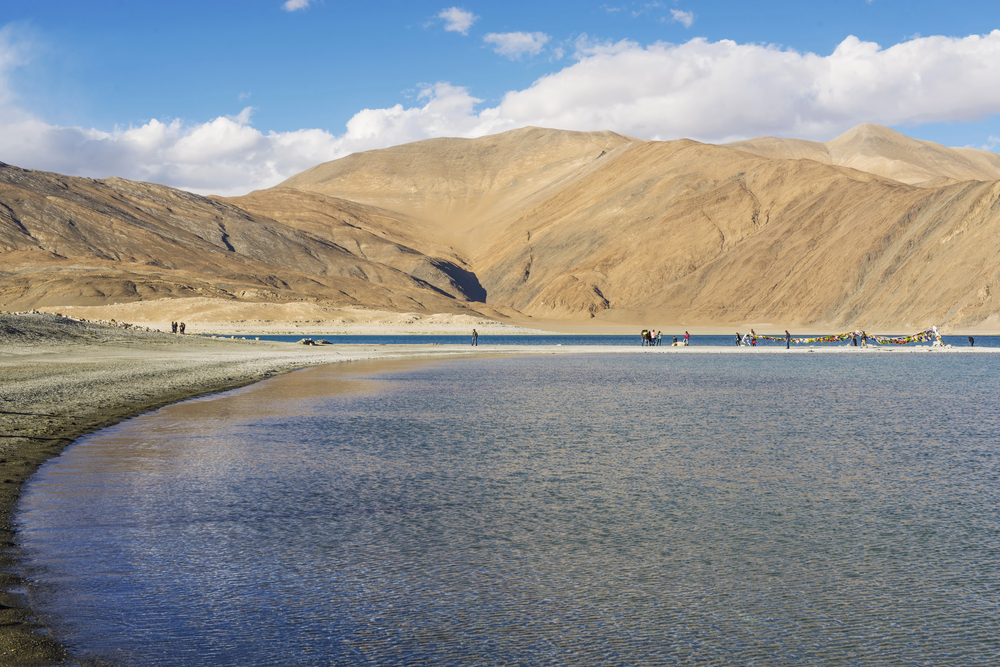
The 88-mile stretch between India and Tibet, at an elevation of 14,270 feet, features
the ever-changing blue waters of Pangong Tso, which create a spectacular sight
against the stark Himalayan landscape.
Saline waters remain partially frozen during winter, creating ethereal ice formations against the arid mountains. The Ladakhi communities have developed unique traditions around this sacred body of water, making it a natural wonder and a cultural treasure.
Attabad Lake, Hunza Valley, Pakistan
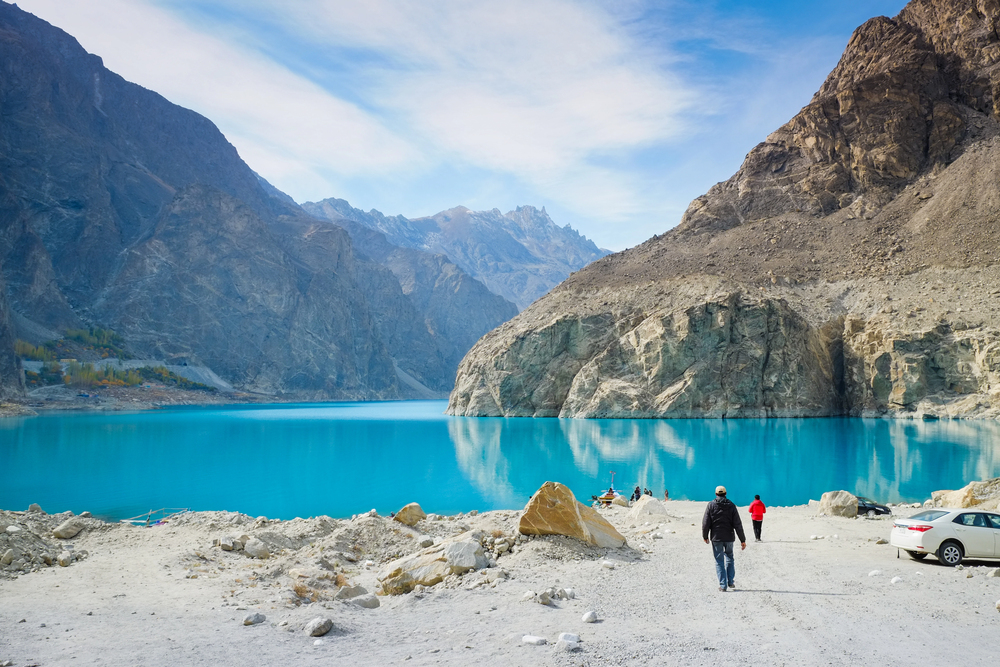
The turquoise waters of Attabad Lake stretch 13 miles down the Hunza Valley,
passing towering peaks that reach up to 25,000 feet today. Born out of a
catastrophic landslide in 2010, this body of water dramatically altered local life.
Villages were now submerged, creating a new ecosystem that had become so full of
life, testifying to the transformative power of nature. Today, wooden boats carry
visitors across crystal-clear waters and provide an astonishing view of the
Karakoram Range.
Like Travel Pug’s content? Follow us on MSN.
Lake Issyk-Kul, Kyrgyzstan
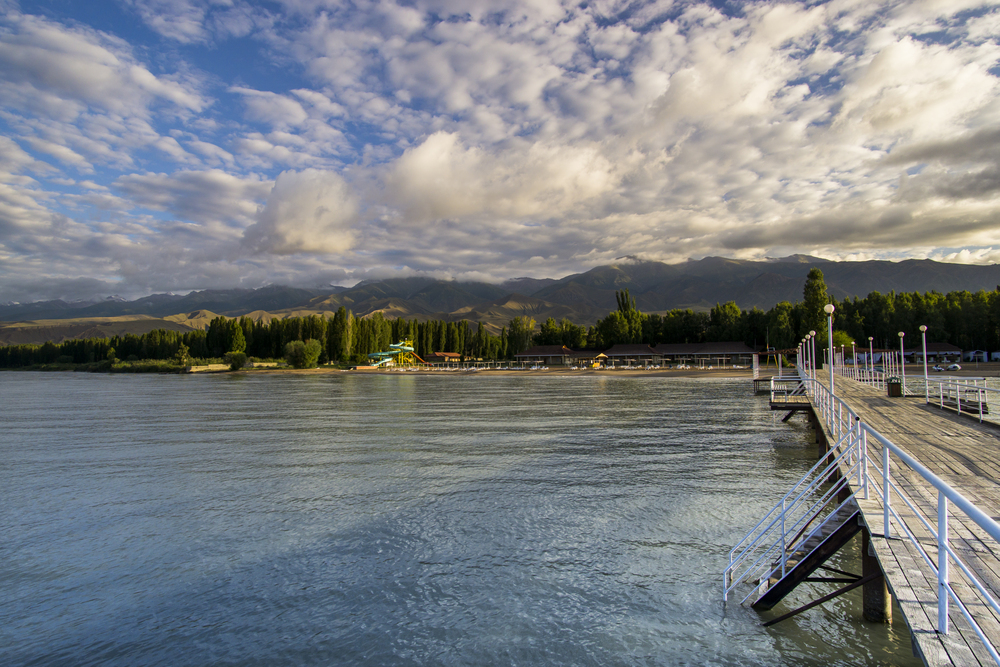
This saline lake, located at 5,270 feet in the snow-clad Tian Shan mountains, is
believed to be the second-largest in the world after the Caspian Sea. Because this
ancient water is located at a high altitude, it never freezes due to thermal activities
caused by its salty constituents.
Diverse species are found in all directions around it; the nearest range of mountains contains the majestic white leopards. This region remains a haven for nature lovers and wildlife explorers.
Gokyo Lakes, Sagarmatha, Nepal
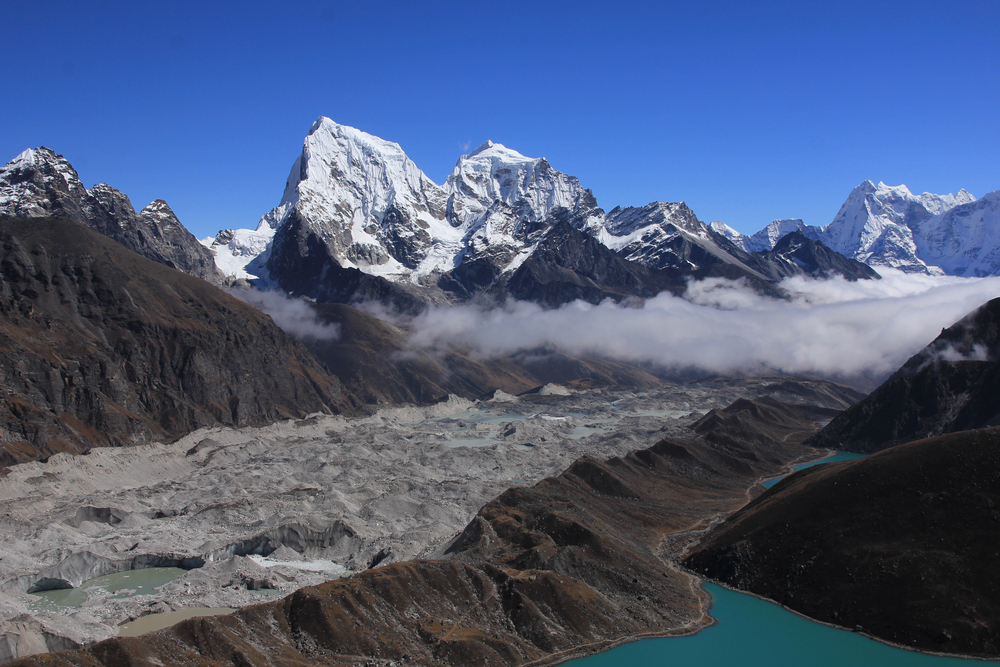
The world’s highest freshwater lake system is the series of six emerald lakes,
ranging from 15,400 to 16,400 feet within Nepal’s Sagarmatha National Park. Each
lake has pristine waters whose perfect mirror images are formed, reflecting Mount
Cho Oyu alongside most towering peaks, thus making the scenery appear an
otherworldly phenomenon.
These waters also serve spiritual purposes for Buddhist monks, whose natural grandeur adds a relatively serene aura to the destination.
Lake Namtso, Tibet, China
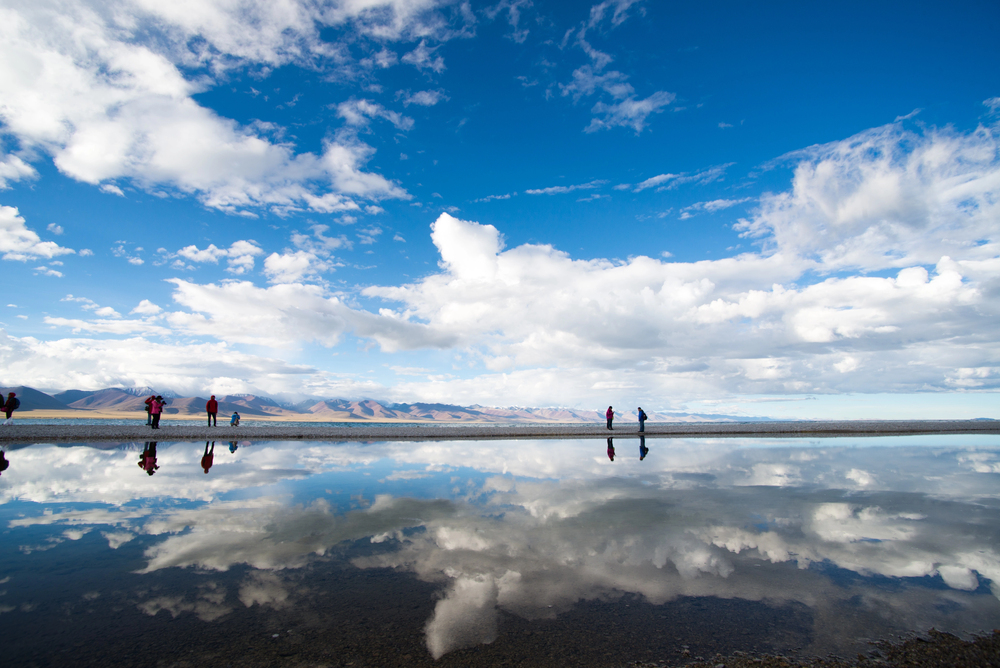
Often called the ‘Heavenly Lake,’ Namtso sits at an astonishing elevation of 15,479
feet, making it one of the highest saltwater lakes in the world. The lake’s intense blue
waters stretch 740 square miles, bordered by snow-capped peaks and traditional
Tibetan prayer flags.
Ancient pilgrimage routes circle the lake’s shores, where nomadic herders graze their yaks during summer.
Like Travel Pug’s content? Follow us on MSN.
Tilicho Lake, Annapurna, Nepal
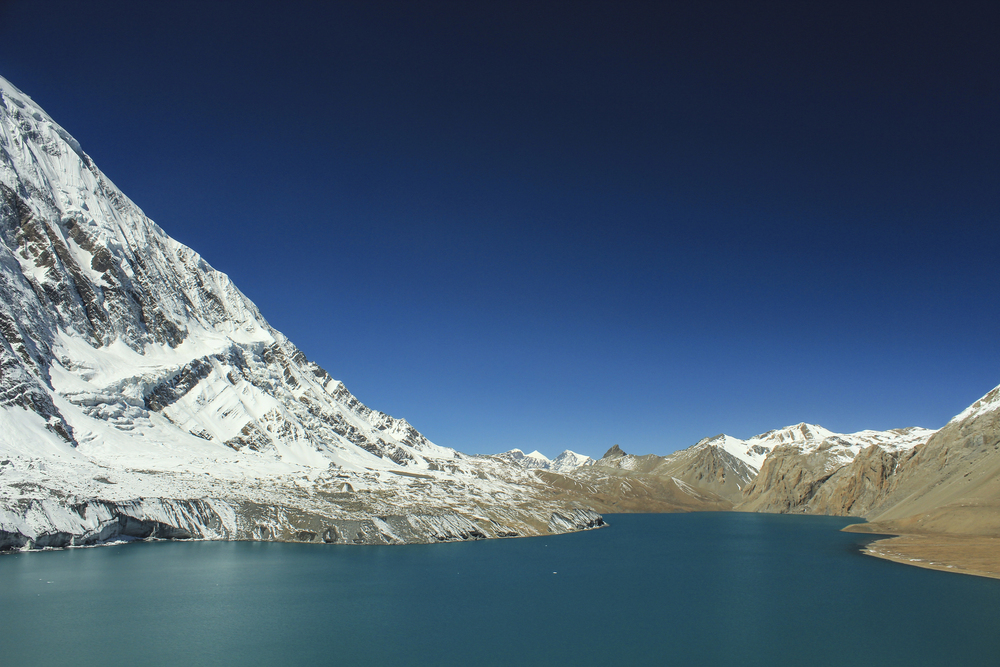
Situated at 16,237 feet in Nepal’s Annapurna region, Tilicho Lake is the world’s
highest lake of its size. Surrounded by glaciers and towering peaks, including Tilicho
Peak and the Annapurna range, the lake’s cobalt waters remain frozen for half the
year.
The challenging trek to reach this remote lake takes adventurers through some of the most dramatic landscapes in the Himalayas.
Karakul Lake, Tajikistan
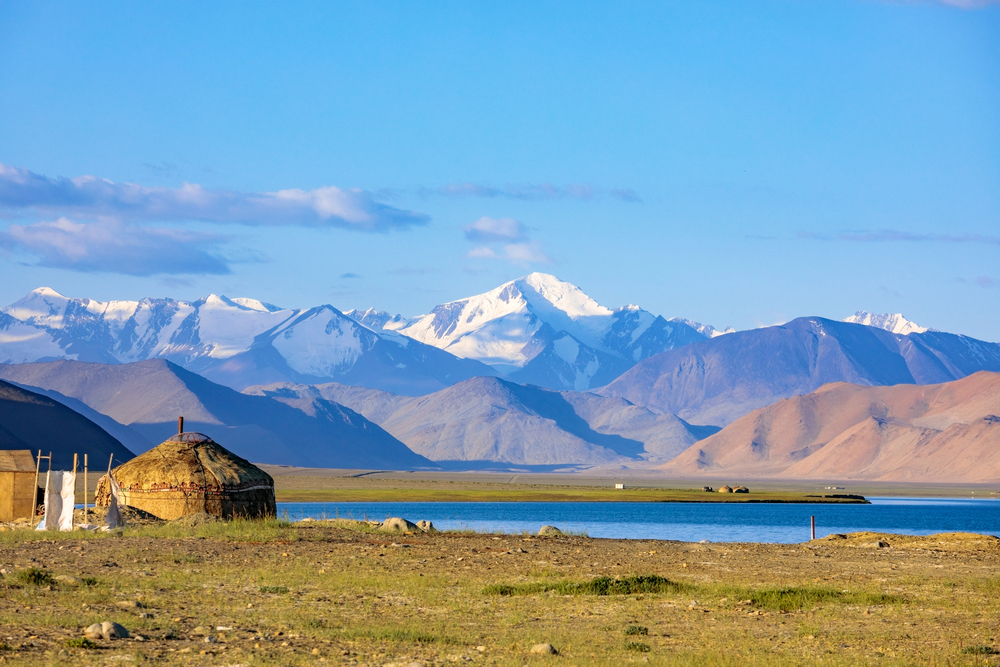
Mirror-like Karakul Lake lies 12,799 feet in the Pamir Mountains, surrounded by
peaks exceeding 19,685 feet in height. The lake’s formation dates back to a
meteorite impact millions of years ago, creating a unique circular basin that now
holds crystal-clear waters.
Traditional Kyrgyz yurt camps dot the shoreline during summer, offering authentic cultural experiences.
Yamdrok Lake, Tibet, China
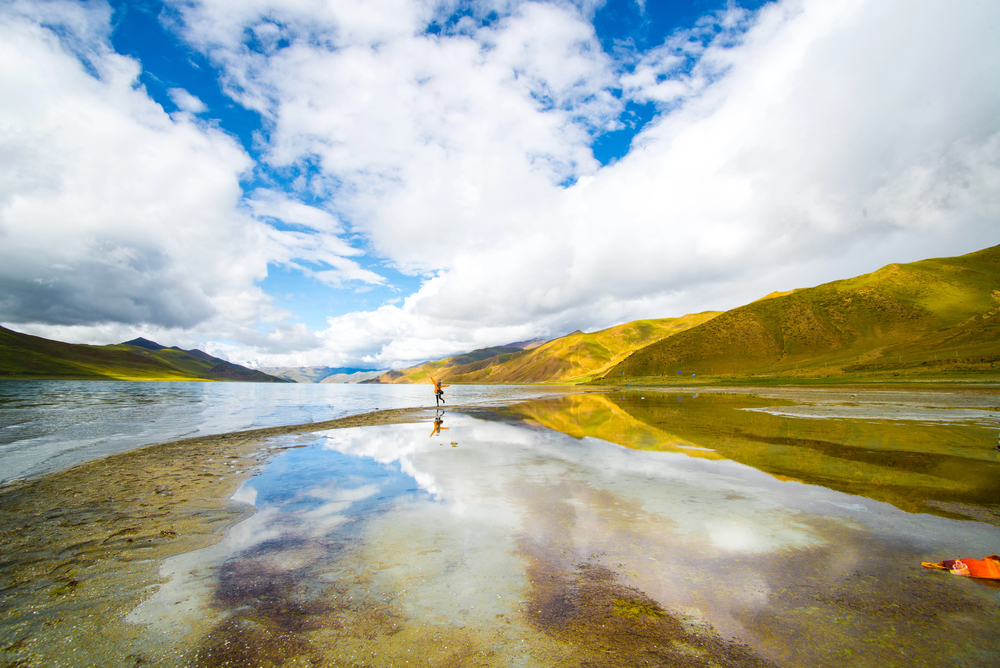
Regarded as one of Tibet’s three holy lakes, Yamdrok’s turquoise waters spread
across 288 square miles at an elevation of 14,570 feet. The lake’s unique scorpion-
like shape creates numerous inlets and peninsulas, each offering distinctive views of
the surrounding snow-capped peaks.
Local mythology holds that Tibet will become uninhabitable if the lake ever disappears.
Like Travel Pug’s content? Follow us on MSN.
Gurudongmar Lake, Sikkim, India
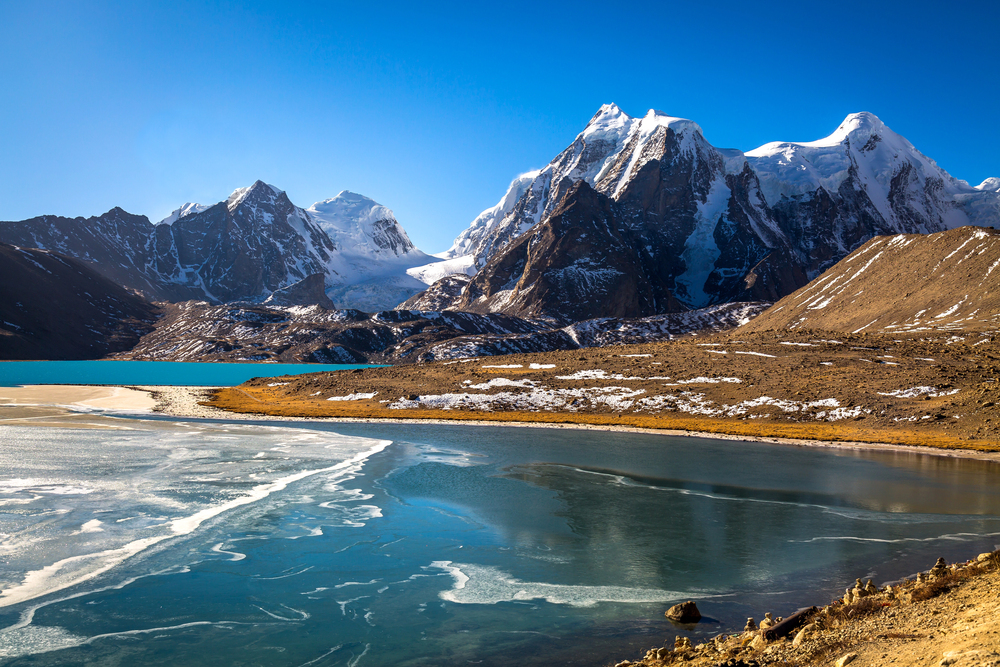
Located at a breathtaking 17,100 feet in North Sikkim, Gurudongmar Lake is one of
the highest lakes in the world and holds profound spiritual significance for both
Buddhists and Sikhs. The lake’s crystal-clear waters remain partially unfrozen even
in extreme winter conditions, attributed to blessings from Guru Padmasambhava.
Surrounded by mountains reaching over 23,000 feet, the lake offers spectacular
views of the eastern Himalayas.
Rara Lake, Nepal
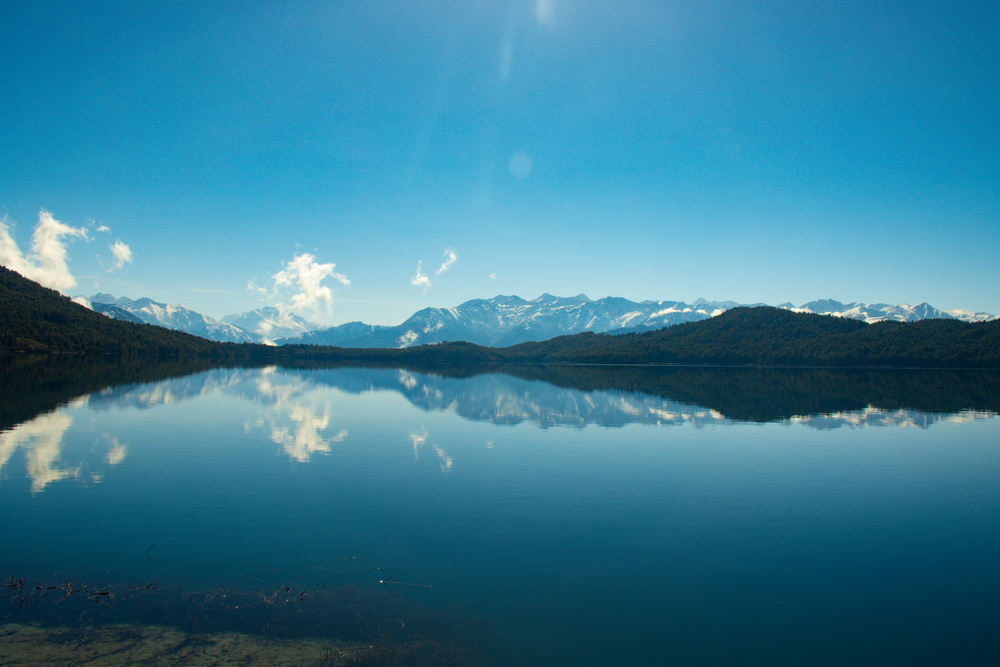
Known as the ‘Queen of Lakes,’ Rara Lake sits 9,810 feet in Nepal’s remote western
region, surrounded by Rara National Park’s pristine wilderness. The lake’s deep blue
waters cover an area of 4 square miles, reflecting perfect images of snow-capped
Himalayan peaks.
Endemic fish species and rare birds make this lake a crucial biodiversity hotspot.
Song Kol Lake, Kyrgyzstan
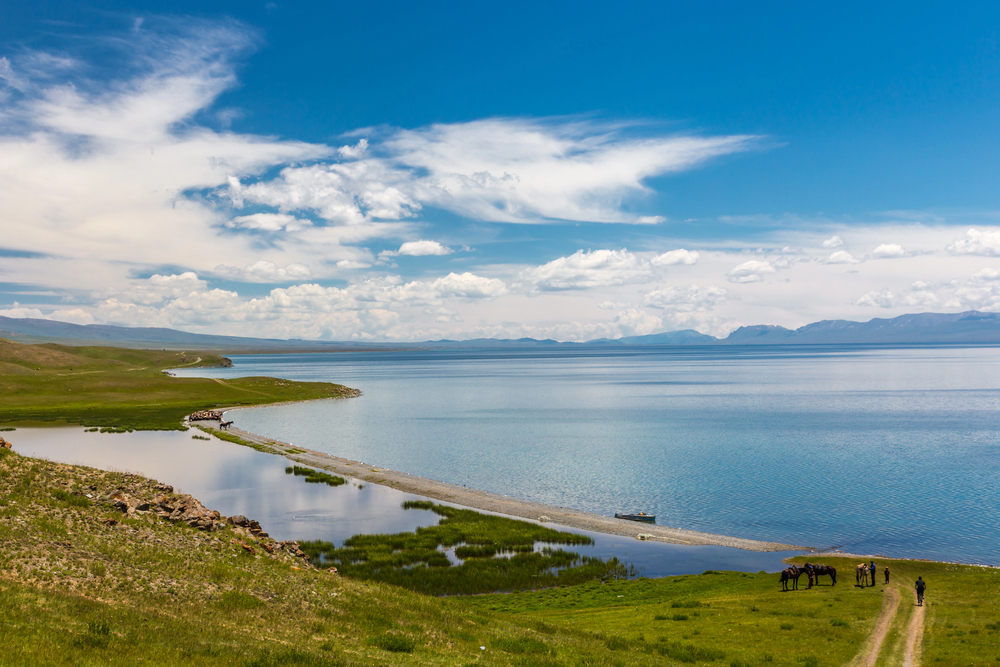
Nestled at 9,895 feet in the Tian Shan mountains, Song Kol Lake provides a
stunning alpine setting surrounded by vast meadows where semi-nomadic
shepherds graze their herds. The lake’s pristine waters stretch 110 square miles,
creating a perfect mirror for the surrounding peaks.
Traditional yurt camps along the shore offer immersive cultural experiences during the summer months.
Like Travel Pug’s content? Follow us on MSN.
Gahar Lake, Lorestan, Iran
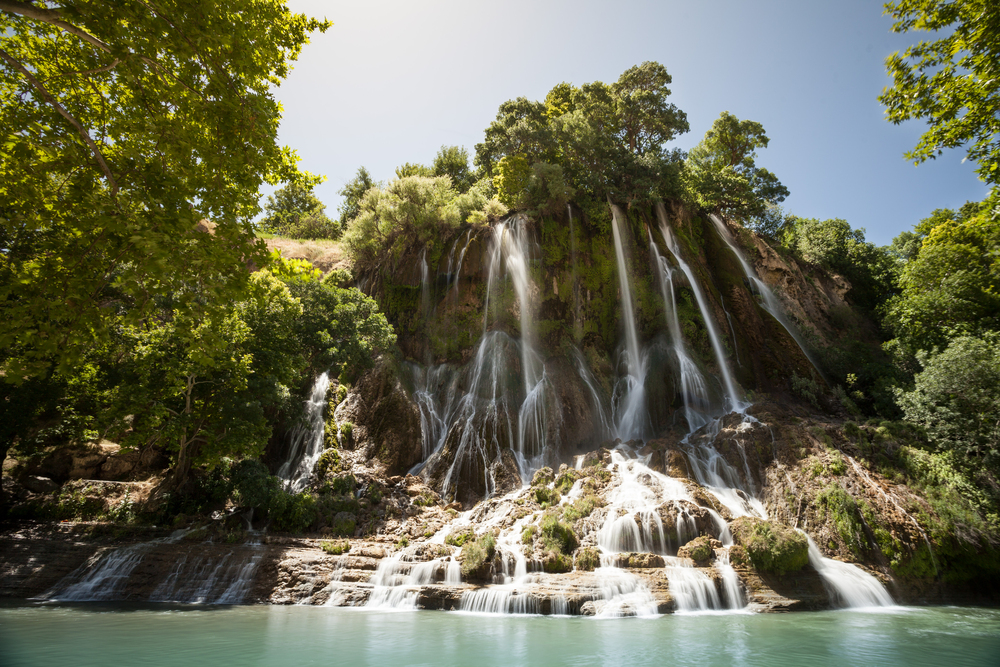
Hidden in the Zagros Mountains at 7,546 feet, Gahar Lake’s emerald waters fill a
glacial valley surrounded by peaks reaching 13,123 feet. Ancient glacial activity
formed the lake, creating a natural dam that holds crystal-clear mountain water.
The lake is surrounded by rich biodiversity, including rare species of fish and waterfowl.
Tsomgo Lake, Sikkim, India
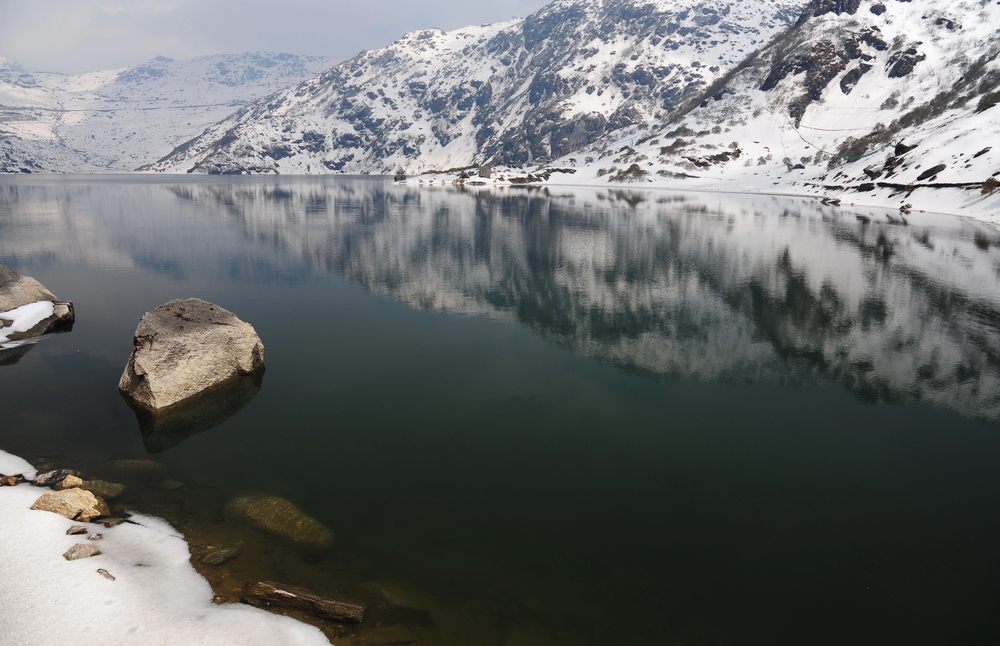
Perched at 12,310 feet in East Sikkim, Tsomgo Lake’s oval waters reflect the
surrounding snow-covered mountains like a natural mirror. The lake holds religious
significance for Buddhists and Hindus, who consider its waters sacred.
Rare black- necked cranes visit the lake during migration, adding to its ecological importance.
Sheosar Lake, Pakistan
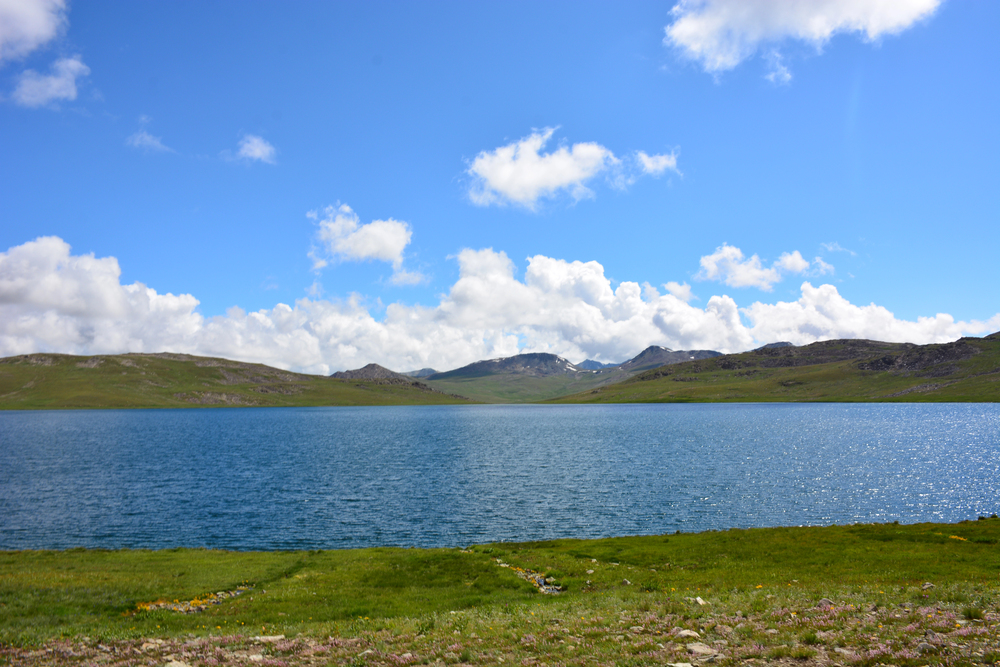
Located at 13,589 feet in the Deosai Plains, Sheosar Lake sits amid the world’s
second-highest plateau, surrounded by wildflower meadows and snow-capped
peaks. The lake’s crystal-clear waters span nearly 2.5 miles, reflecting perfect images of the surrounding Himalayan peaks.
Brown bears and snow leopards inhabit the surrounding national park, making it a wildlife enthusiast’s paradise.
Like Travel Pug’s content? Follow us on MSN.
Phoksundo Lake, Nepal
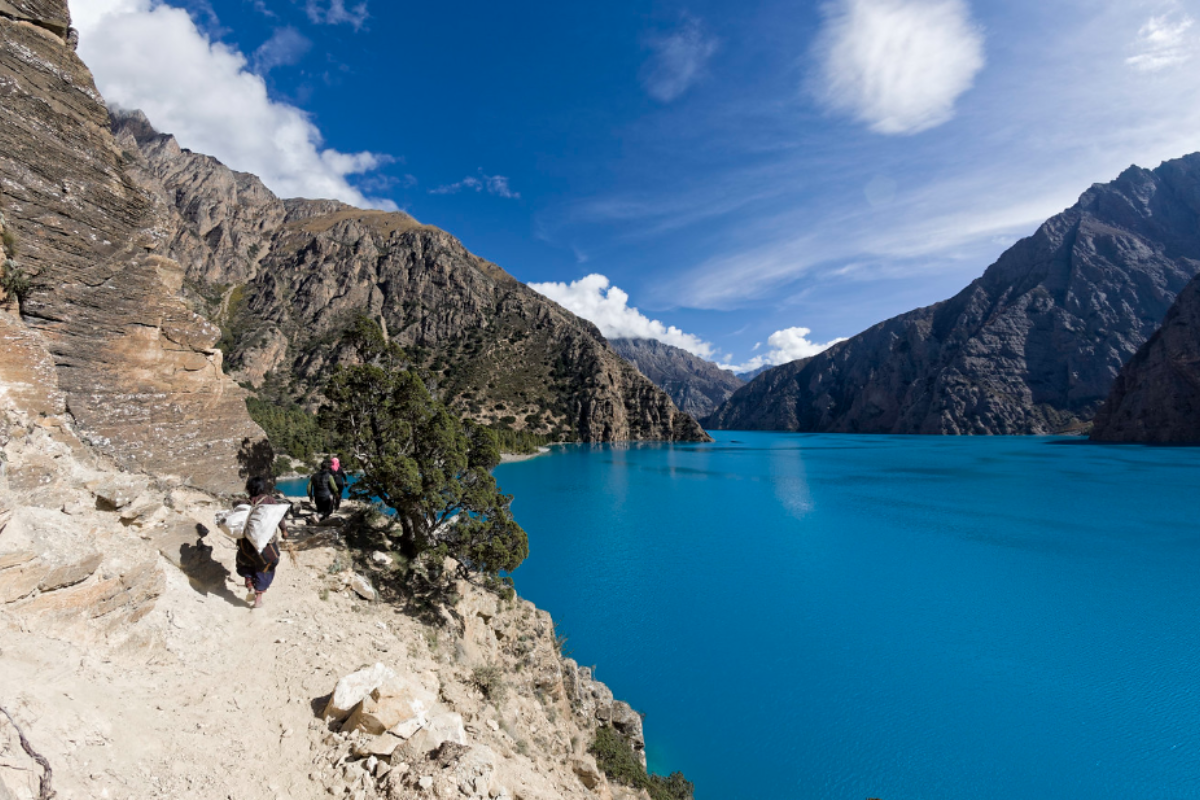
Shimmering at 11,840 feet in Nepal’s Dolpo region, Phoksundo Lake’s turquoise
waters cut through dramatic limestone cliffs in Shey Phoksundo National Park. The
lake’s unusual color comes from its mineral-rich waters, which create striking
contrasts with the surrounding rugged landscape.
Ancient Buddhist monasteries perch on nearby cliffs, adding cultural significance to natural splendor.
Lake Sayram, Xinjiang, China
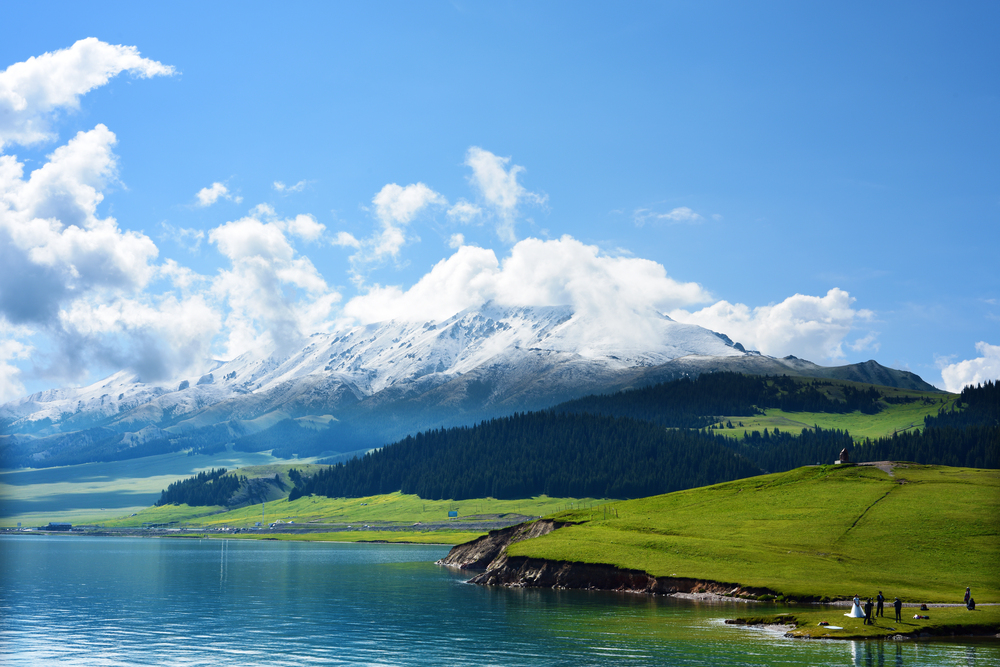
Situated at 6,824 feet in China’s Tian Shan mountains, Lake Sayram stretches 186
square miles of blue waters. Its surroundings include snow-capped peaks and alpine
meadows.
The lake’s waters are crystal clear due to minimal human impact and strict environmental protection. Traditional Kazakh communities maintain seasonal settlements along the shore, preserving ancient pastoral traditions.
Lulusar Lake, Pakistan
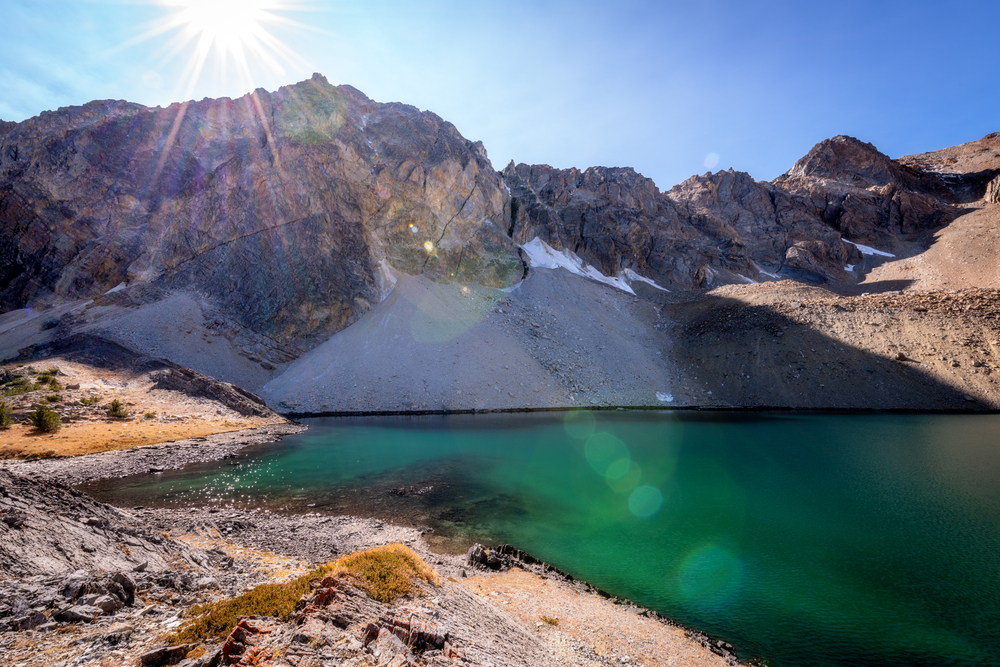
At 11,200 feet in Pakistan’s Kaghan Valley, Lulusar Lake’s deep blue waters reflect
perfect images of surrounding peaks reaching over 16,400 feet. The lake is the main
source of the Kunhar River and plays a crucial role in the region’s ecosystem.
Local legends tell of ancient kingdoms submerged beneath its pristine waters.
Like Travel Pug’s content? Follow us on MSN.
Dudipatsar Lake, Pakistan
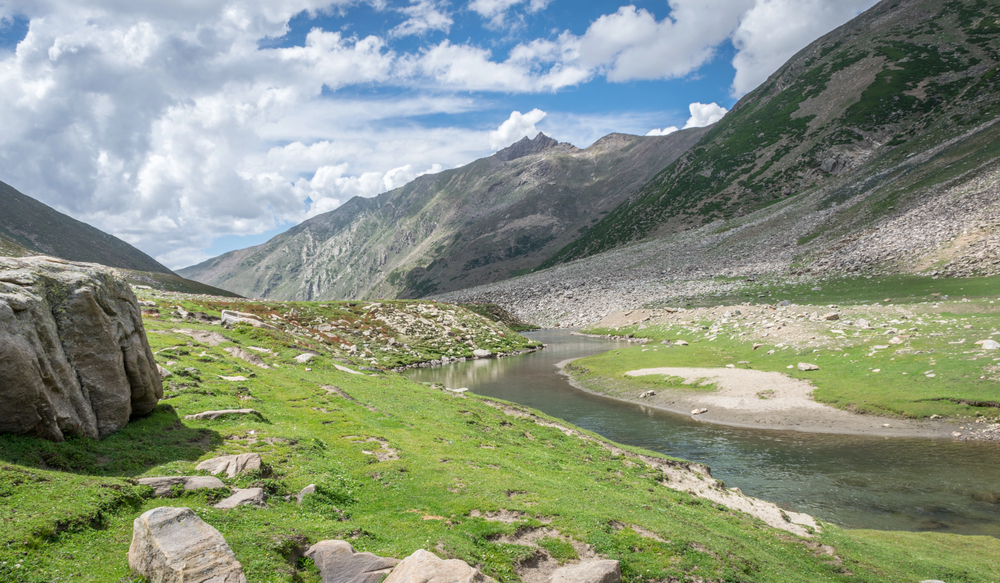
Nestled at 12,887 feet in the Lulusar-Dudipatsar National Park, Dudipatsar Lake’s
milky blue waters are surrounded by wildflower meadows and snow-capped peaks.
In the local language, the lake’s name means ‘White Waters,’ referring to its unique
color created by glacial minerals.
During the summer months, rare butterfly species visit the surrounding alpine meadows.
Gosaikunda Lake, Nepal

Perched at 14,370 feet in Nepal’s Langtang region, Gosaikunda Lake holds profound
religious significance as a pilgrimage site for Hindus and Buddhists. The lake’s
crystal-clear waters are said to have been created by Lord Shiva’s trident, and
thousands of devotees visit during full moon festivals.
Surrounding peaks reach heights over 19,685 feet, creating a dramatic backdrop for this sacred site.
Lake Markha, Ladakh, India
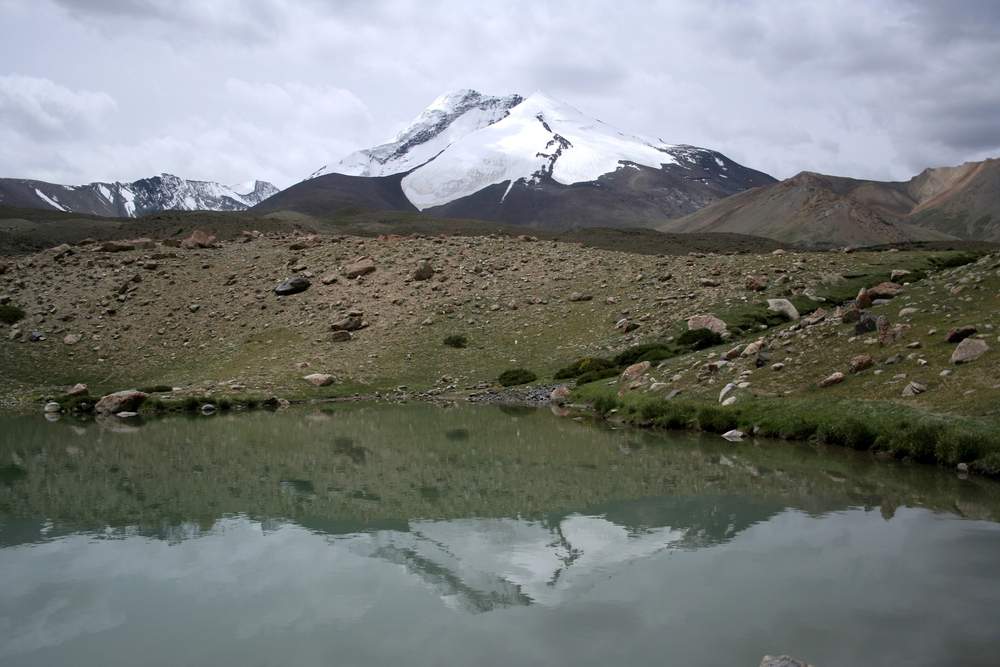
Hidden at 15,090 feet in Ladakh’s remote Markha Valley, this pristine glacial lake
reflects perfect images of surrounding peaks exceeding 20,000 feet. The isolated
lake requires a challenging multi-day trek through traditional Ladakhi villages and
high mountain passes.
Ancient Buddhist monasteries dot the trail leading to this hidden gem.
Like Travel Pug’s content? Follow us on MSN.
Future Adventures Await These Waters
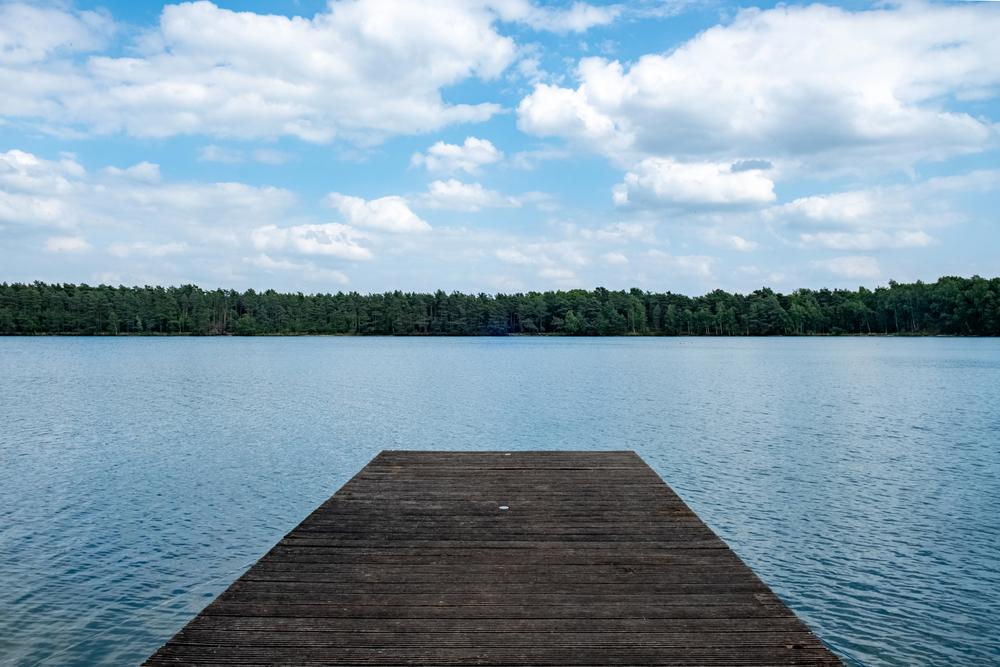
These 20 glacial lakes represent just a fraction of Asia’s extraordinary high-altitude
wonders, each offering unique adventure and cultural exploration opportunities.
Whether you’re drawn to their spiritual significance, ecological importance, or
stunning beauty, these remarkable bodies of water promise unforgettable
experiences in some of Earth’s most dramatic landscapes.
As climate change continues to affect these fragile ecosystems, the time to witness their majesty is now.
More from Travel Pug

- 15 Dangerous European Cities to Avoid
- 15 Caribbean Islands Where Tourists Keep Getting Scammed
- The 20 Most Fascinating Abandoned Places: A Journey Through Time and Forgotten Spaces
- 15 Hidden Places in the Smithsonian Museums Locals Love: A Guide to Lesser-Known Treasures
- 16 Hidden Florida Beach Towns That Aren’t Overrun with Tourists
Like Travel Pug’s content? Follow us on MSN.
